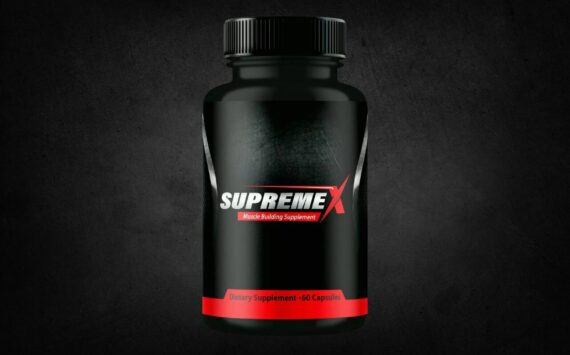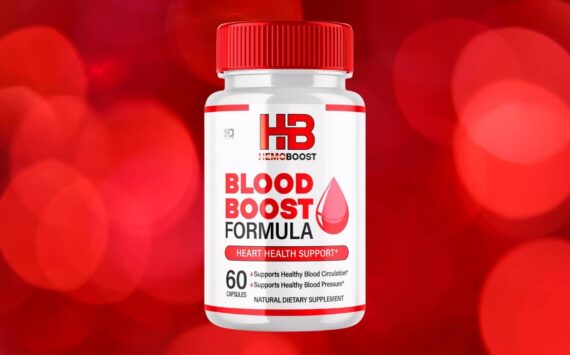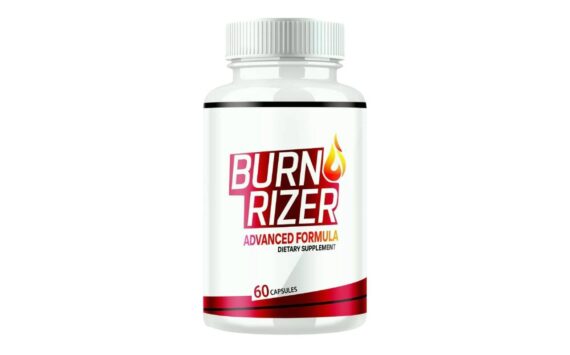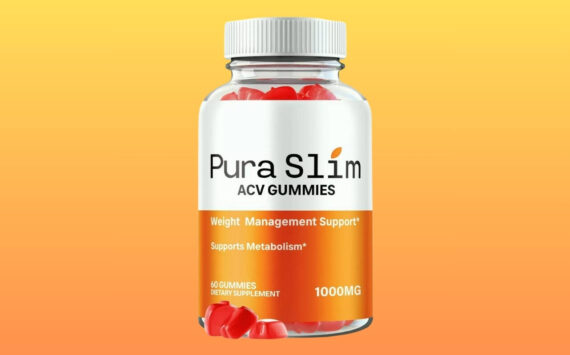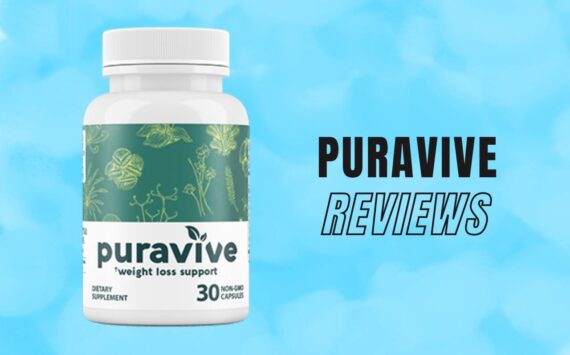I would hope that by now most of you have taken to heart what I have had to say about proper watering. It is the one single activity that will make or break a garden. It seems like such a simple task but in reality it is one of the hardest skills to teach a person. Even in our industry where employees are working with plants every day we are constantly challenged to find the right person to stick on the end of a hose.
Proper watering is a function of paying attention to the water needs of your plants and giving them the right amount in the right intervals so they are never too wet or too dry but always just right. You can’t do it with a wine glass in one hand unless you want to spill the wine. You’ve got to get down on your knees once in a while and poke your finger into the soil. You just can’t tell how dry the dirt is by looking at the surface. If you don’t want to bend down then at least use your shoe to kick around the soil to see if there is moisture an inch below the surface. You might be surprised to find out that the ground is not as dry as you thought. You can usually wait to water until the soil is dry two inches beneath the surface which depending on your soil could be two weeks or two days.
For the few of us that live in the flats where the soils are often deep and sandy, roots will penetrate much farther down into the ground then they will in the lousy glacial till that the rest of us are stuck with that live on the hills where most of the houses are being built. Glacial till is a nasty mix of rocks and clay that is hard as concrete and almost impermeable. In most cases, contractors have left us with a thin frosting of top soil over the top of the glacial till and it is a nightmare to try and water. Most roots are clustered together in the top 3-4 inches where they can dry out easily. So what is a home owner to do?
There are two things that will help us be better waterers. One is compost and the other is a proper sprinkler.
Compost continues to be the panacea to almost all of our garden dilemmas. In the past I have talked about the qualities of compost and how it adds microbial life to the soil, improves soil structure and adds nutrients. Now you can add to that list water conservation. Compost mixed into the soil will help sandy soils retain moisture and heavy clay soils accept it. It also helps plants root more deeply which can make them more drought tolerant. Compost on the surface of the soil in the form of a mulch acts like a blanket and prevents water from evaporating. By applying one or two inches of compost to the soil surface you can effectively cut your watering needs by 50%. You will also be reducing weed growth at the same time and furthermore moderating the soil temperature which improves plant growth. There just seems to be no end to the virtues of compost.
As for sprinklers, the big dilemma is that for most of us, (ie. the glacial till gardeners), the waters comes out of the end of the hose faster than it will soak into the soil. Technically speaking, this is called the “infiltration rate”, which is the speed at which water will soak into the soil and not run off down the street. Most hoses will deliver 10-15 gallons per minute while most soils will only accept one half to one gallon per hour. The only way to make this equation work is to find a way to spread those 10-15 gallons around so that only one half to one gallon is applied to a surface per hour. Oscillating sprinklers do a pretty good job of this and so do impact heads (those are the ones we have grown up calling rainbirds). The other “sprinkler” device that works very well for our dense soils is the good old soaker hose. Made from recycled tires, soaker hoses apply water at a very low rate so it can be absorbed into the soil over time instead of running off the surface and into the gutter. You can turn them on when you go to work and turn them off when you come home without worrying about water going every where. Once or twice a month may be all you need to keep your garden happy.
So the secret to successful watering is to apply it slowly and deeply and then keep it from leaving the soil by applying compost both in and above the soil. It’s that easy.
Steve Smith is owner of Sunnyside Nursery in Marysville. You can reach him at 425-334-2002 or email at info@sunnysidenursery.net.
